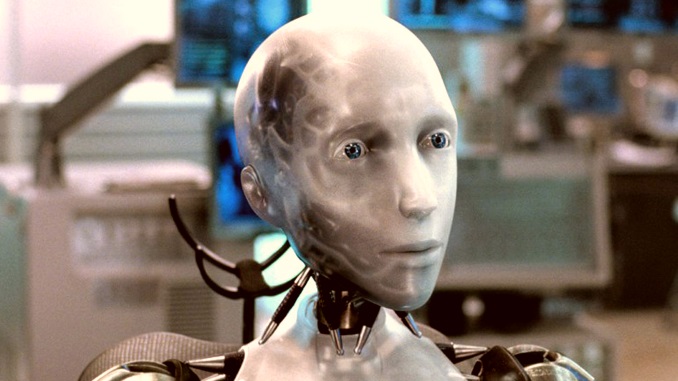
The Three Laws of Robotics are a set of rules devised by the science fiction author Isaac Asimov. The rules were introduced in his 1942 short story “Runaround”, which is part of a a collection of nine science fiction short stories, which make up the book I, Robot (1950). As the rules entered popular culture, they have been often referred to as Asimov’s Laws, The Three Laws and Three Laws. The Three Laws, quoted as being from the “Handbook of Robotics, 56th Edition, 2058 A.D.”, and are as follows:
- Law 1: A robot may not injure a human being or, through inaction, allow a human being to come to harm
- Law 2: A robot must obey the orders given it by human beings except where such orders would conflict with the First Law
- Law 3: A robot must protect its own existence as long as such protection does not conflict with the First or Second Laws
Asimov later introduced a “Zeroth Law of Robotics”, in the book Robots and Empire (1985). This new law holds precedence over the first three. This rule is:
- Law 0: A robot may not harm humanity, or, by inaction, allow humanity to come to harm
